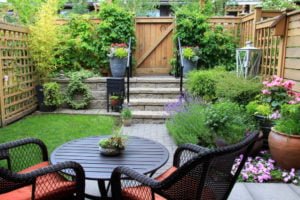Comfort in the garden is primarily the availability of all corners, not only for viewing, but also for care. That is why the site should be well-planned road and path network – transport arteries linking the individual elements into a single whole.
Quickly and directly go from the house to the barn or bath, slowly walk along the winding path, enjoying the views that open for each of the turns, freely roll the wheelbarrow to the compost box, it is easy to turn around and deliver the compost to the garden, without breaking the bushes on the way… Every day we use the paths, trails and platforms, without thinking about the fact that they all have their own, quite specific purpose.
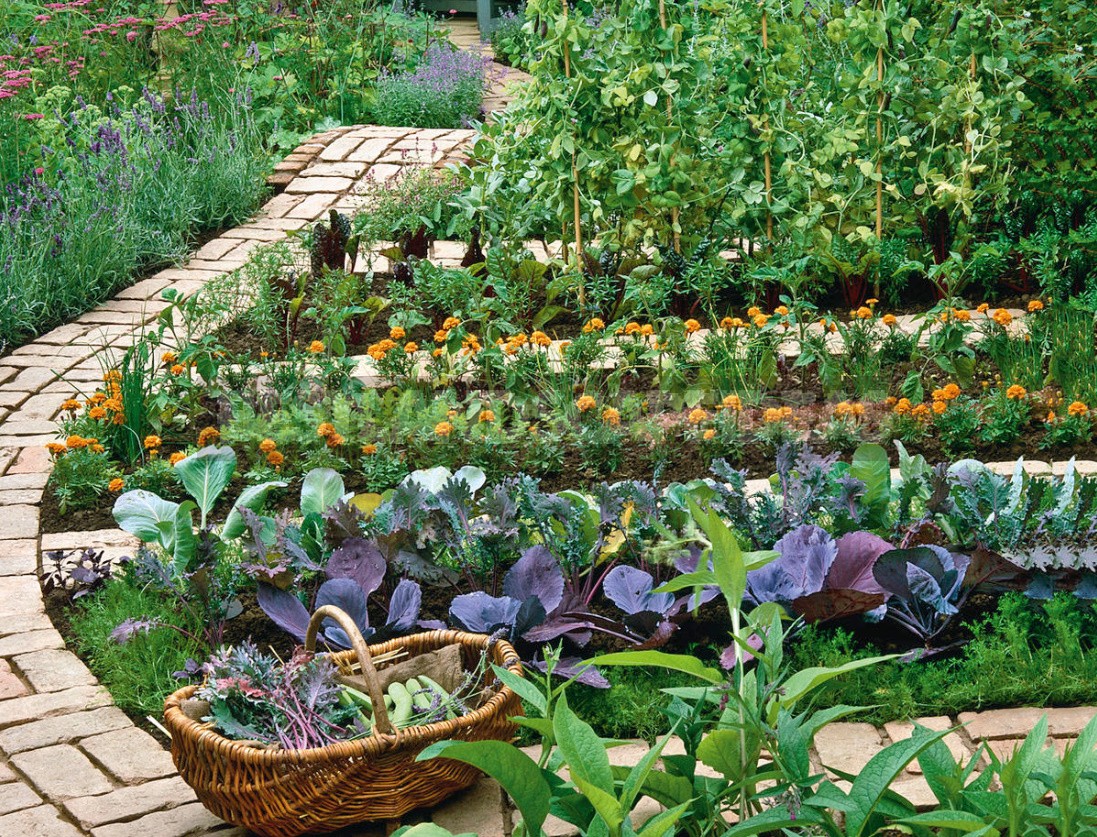
On how the arrangement of these elements of the landscape meets the tasks assigned to them and depends on whether our garden is comfortable. And this, in turn, determines what emotions awaken garden landscape-peace of mind or irritation. So, where and how should the tracks be laid?
Entrance tracks
Entrance paths lead from the entrance to the site to the front porch. If you have a car Park and a garage, then such paths can be two-from the gate and from the Parking place.
Want to save space and materials-no problem: place the gate and Parking next to the gate, then one “transport artery” will be enough. The width of the entrance paths should be convenient not only for walking, but also for carrying bags and other Luggage delivered to the country spaces. The minimum size is 1 m, but if your site has a solid scale, this distance can be increased to 1.5 m.
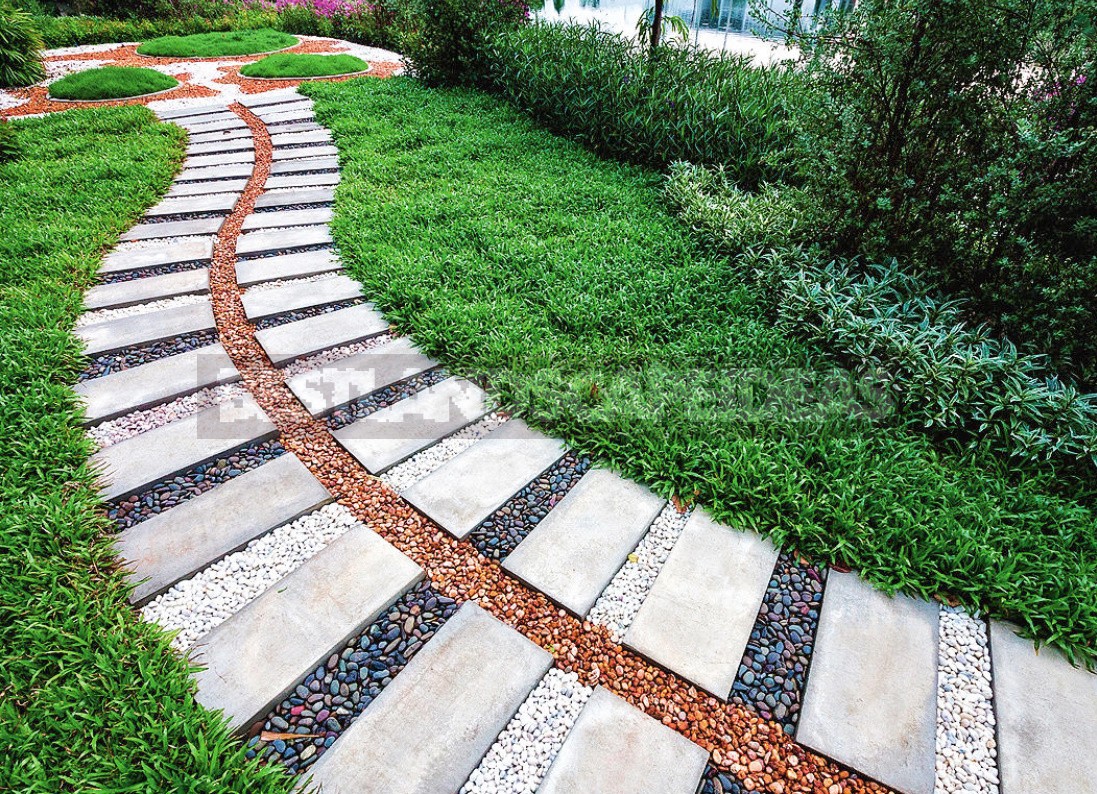
A fragment of the path adjacent to the house should be made commensurate with the front porch, and if the path was too narrow, it does not matter either — design a small area in front of the entrance to the house, lined with the same material as the path itself, and place stylish pots with flowering annuals on it.
Tip: as you know, the shortest path is always in a straight line, but it can be avoided if there are spectacular objects in the front part of the site that you like to contemplate and demonstrate to guests. In this case, lay the path diagonally to show stylish corners in all its glory. Important: if the house is located on a small hill, form a front garden in the form of a terraced garden with wide steps, convenient for movement.
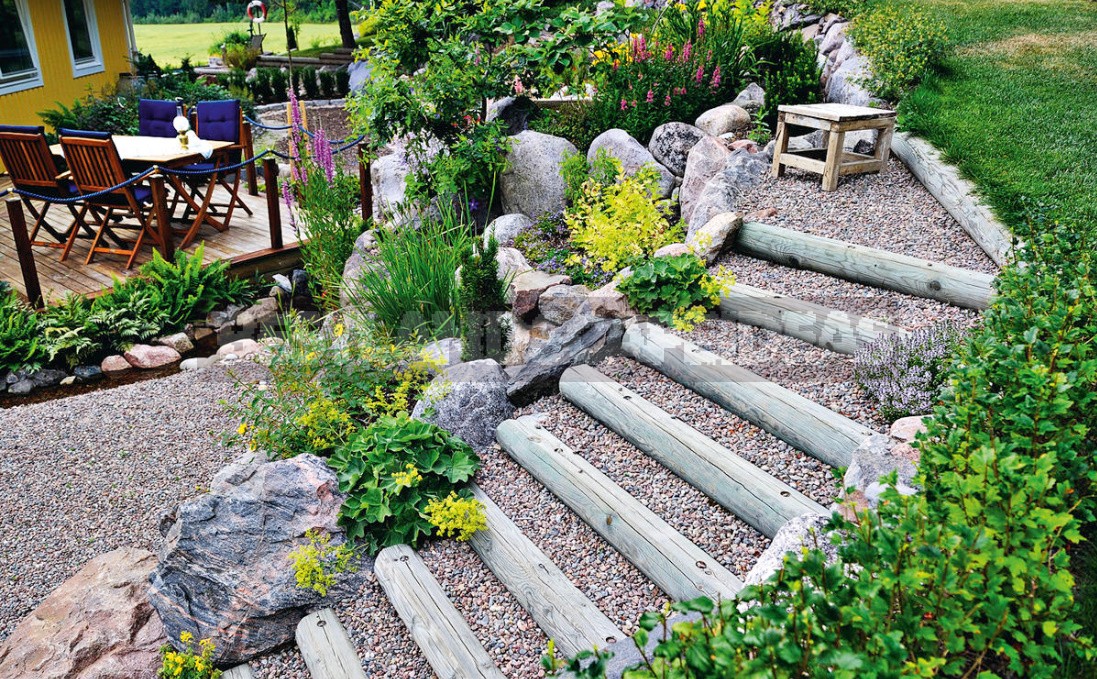
Connection rule
The beauty of the landscape and the convenience of moving around the site depend not only on individual paths and passages, but also on their intersections. The junction of the tracks, decorated in the form of a small platform, are perceived by the eye for granted in many respects also because it is more convenient to turn from one trail to another or just turn around. This rule works particularly well for tracks that connect at an acute angle. Imagine-two narrow paths merge into one.
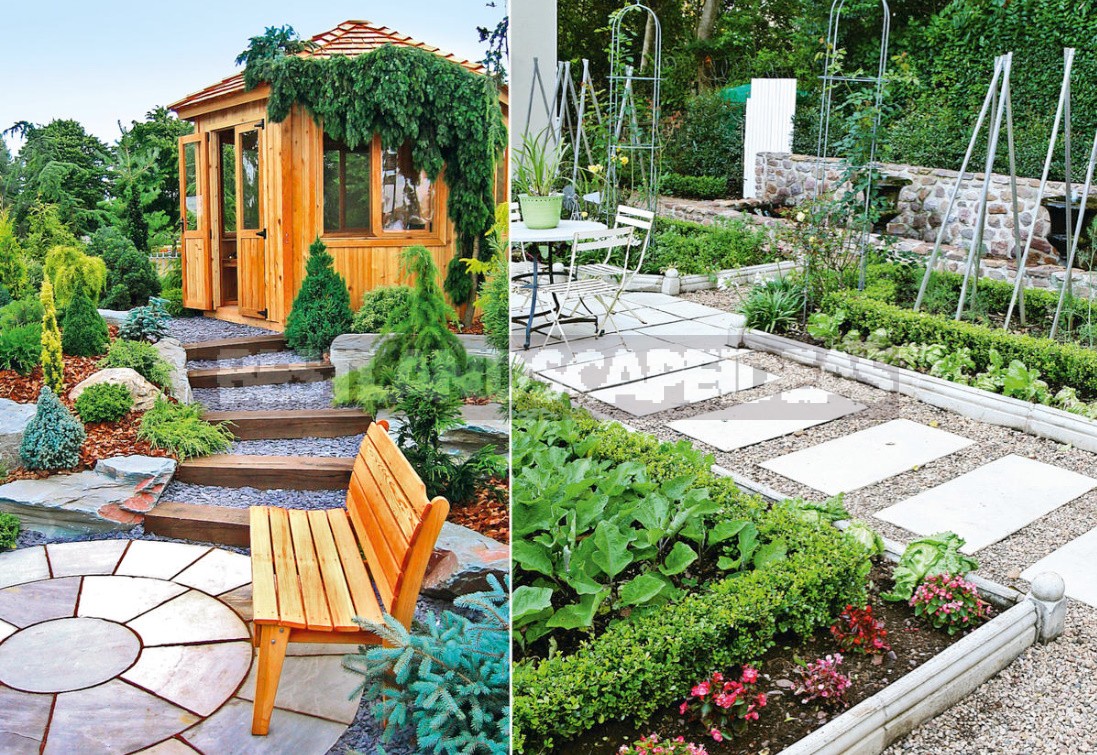
In order that the arisen “road knot” harmoniously looked in a landscape, the track which has arisen from merge of two others, should be twice wider. And if you do not need it, and want to keep the same width for all three? Having issued a place of connection in the form of a small platform, you easily solve this problem.
Way home
Taking out separate spheres of country life outside of a house, we nevertheless each time return under its hospitable shelter. And since the need to look into the barn, shower, utility room or summer kitchen occurs at least ten times a day, the desire to connect these “branches” with the “center” is quite understandable. To get out of the bath, a workshop or intended to house more convenient, and not in a roundabout way, and by the shortest route, so the path connecting these objects with the house, laid, if not direct, then, in any case, without unnecessary bends, the direction they usually radial, width varies from 0.8 to 1 M.
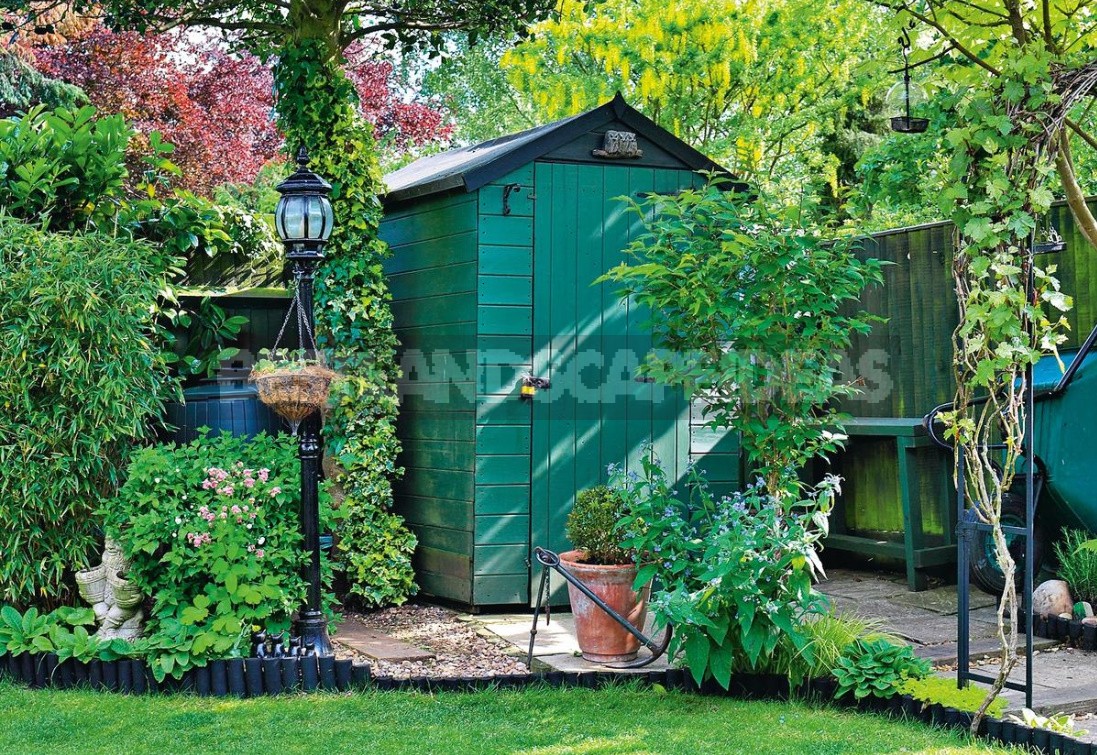
Economic ways
Chores generate a number of routes — from the barn to the workshop, from the summer kitchen-in the garden, from the garden – to the compost box and then on the usual working circle. The width of these important transport arteries for the economy is determined by the nature of movement on them. For idle walks light enough 40-50 cm, but for the passage of the most maneuverable single-wheeled wheelbarrow will need an opening of 60 cm.
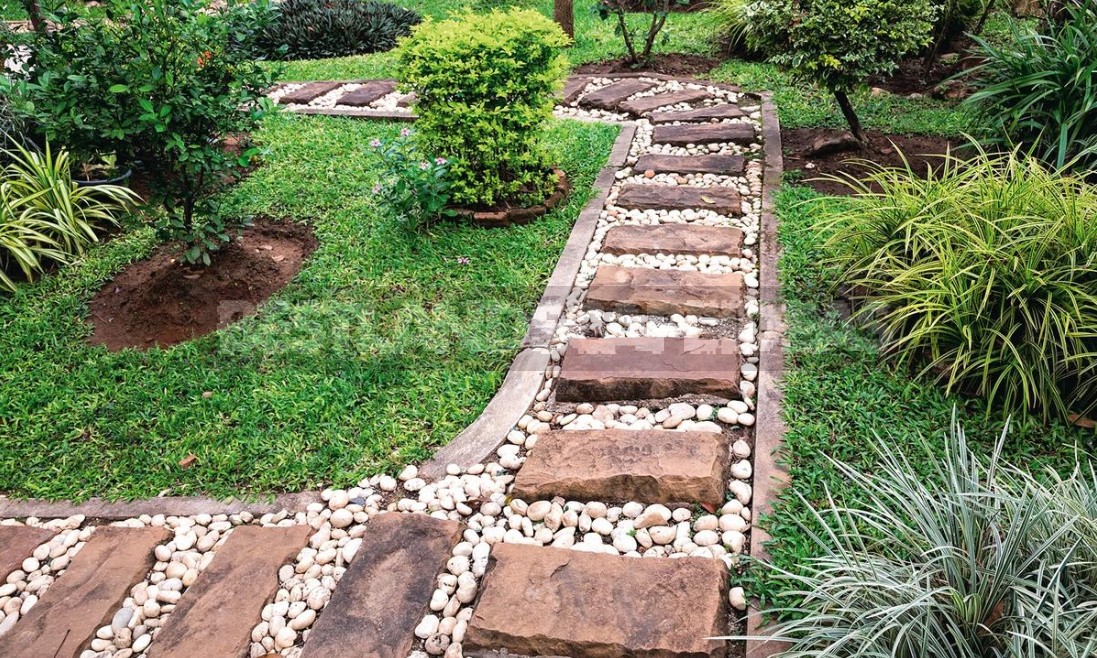
Aisles in the garden in our classification should be attributed to the economic paths, and here, too, do not need to save space, because compost, humus and sand on the beds are more convenient to deliver in a wheelbarrow, not by hand. And it is more comfortable to be engaged in weeding not “squatting”, and having comfortably fitted on a garden stool.

Times so-width such pathways must be not less 60 see of Course, there is adherents and more broad scope, when between ranks accorded a host meter. This, for example, is still popular system by Jacob R. Mittleider, suggesting narrow beds of 45 cm and row spacing of 105 cm! The narrowest technical passage, for example, the border of the flower bed on the lawn is made about 28 cm wide, focusing on the length of the foot, or at least in the size of a brick, that is 24 cm.
“Circle” your garden
Providing all the objects of the site with convenient approaches is only half the battle. To move around the garden was as comfortable as possible and at the same time pleasant, paths-paths need to be linked into a single network. We will leave dead-end paths for garden surprises-sculptures and other spectacular ventures that require the creation of a special atmosphere. Other objects should not put us in a dead end in the literal sense, when you do not turn either to the right or to the left, and there is only one option-back and forth the same way.
Imagine how much more convenient, loading or Vice versa, unloading the wheelbarrow, without turning around, to continue forward and again be in the same garden, but – on the other hand. Freedom of choice is pleasant even in such prosaic manifestations! And for someone it is practically a motto-we do not hand back! The main thing- “Garden ring” allows you to avoid repetition of the passed, giving rise to boredom. A new twist – a new experience!
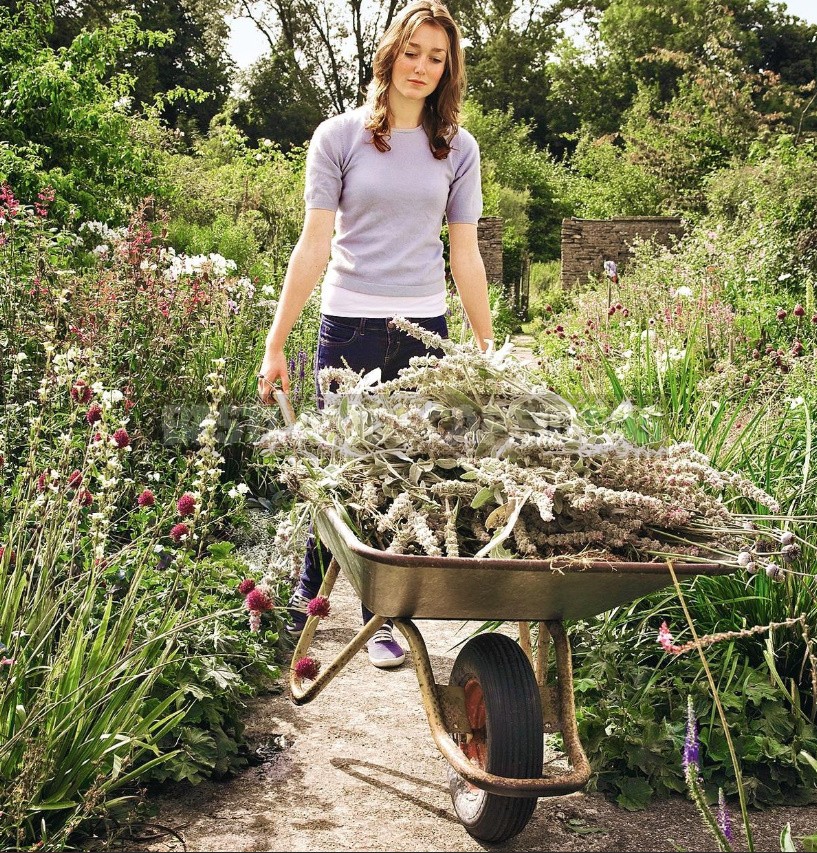
We invite you for a walk!
If in economic Affairs it is important to get to the goal as quickly as possible, then on a walk you can afford to take your time and finally enjoy the fruits of the works of the righteous, circling the dear possessions and looking into all corners. Here you can go twice on the same route and make an extra detour to check whether the wonderful flower from the Bud, which we have been watching for a week, has not blossomed.
Walking paths are arranged in any part of the garden, where there is something to see and admire. Plan them so that they lead to the most interesting corners of the site and opened the most picturesque views.
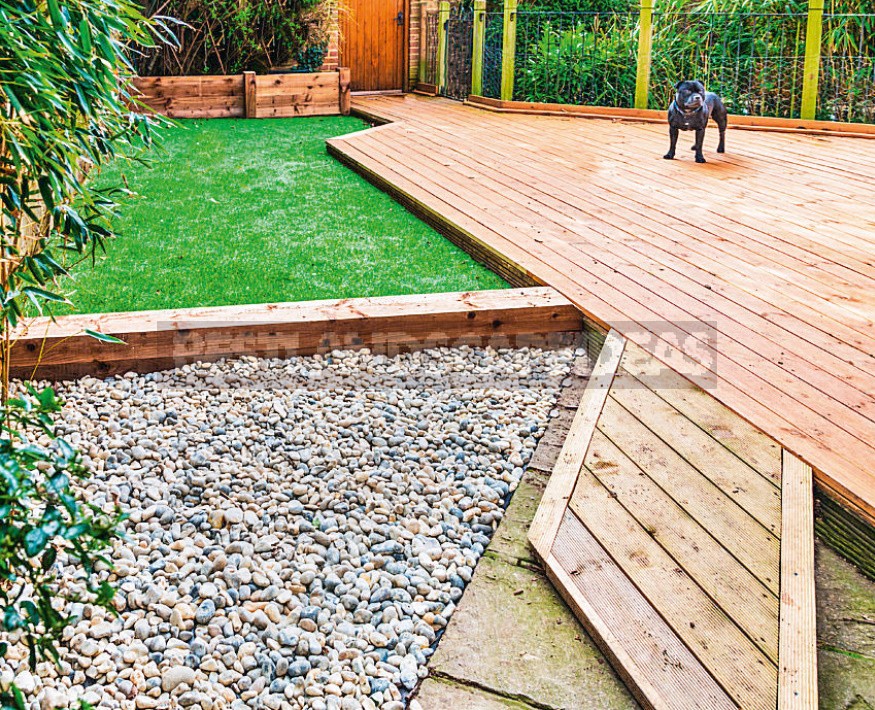
The twisting trajectory slows down the course of time, turns give rise to intrigue, not showing the whole panorama at once at a glance, but allowing step by step to consider picturesque corners and objects. Important: for a walk alone is enough track width of 80 cm, for a walk together — 1.2 m.



